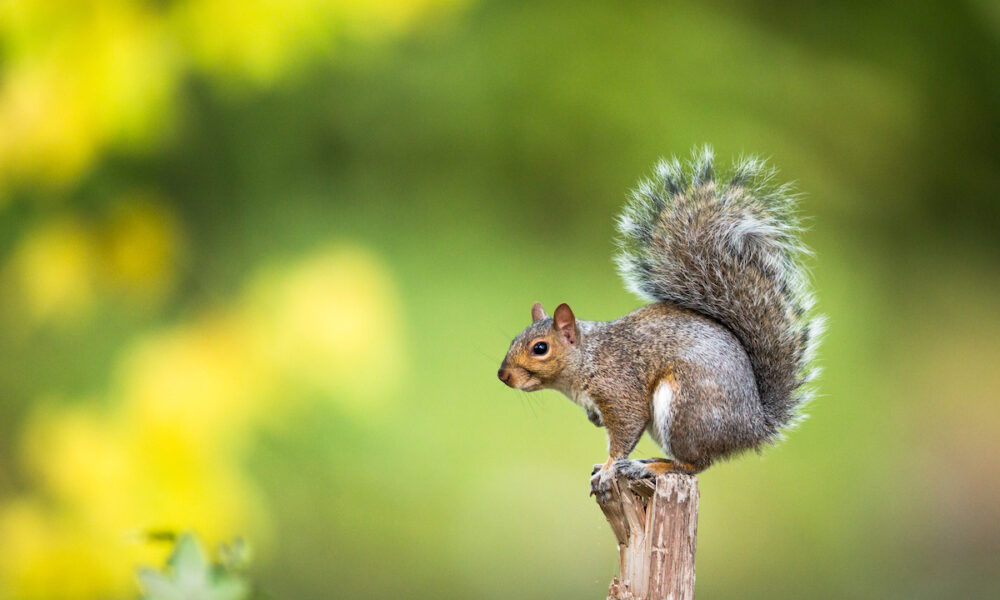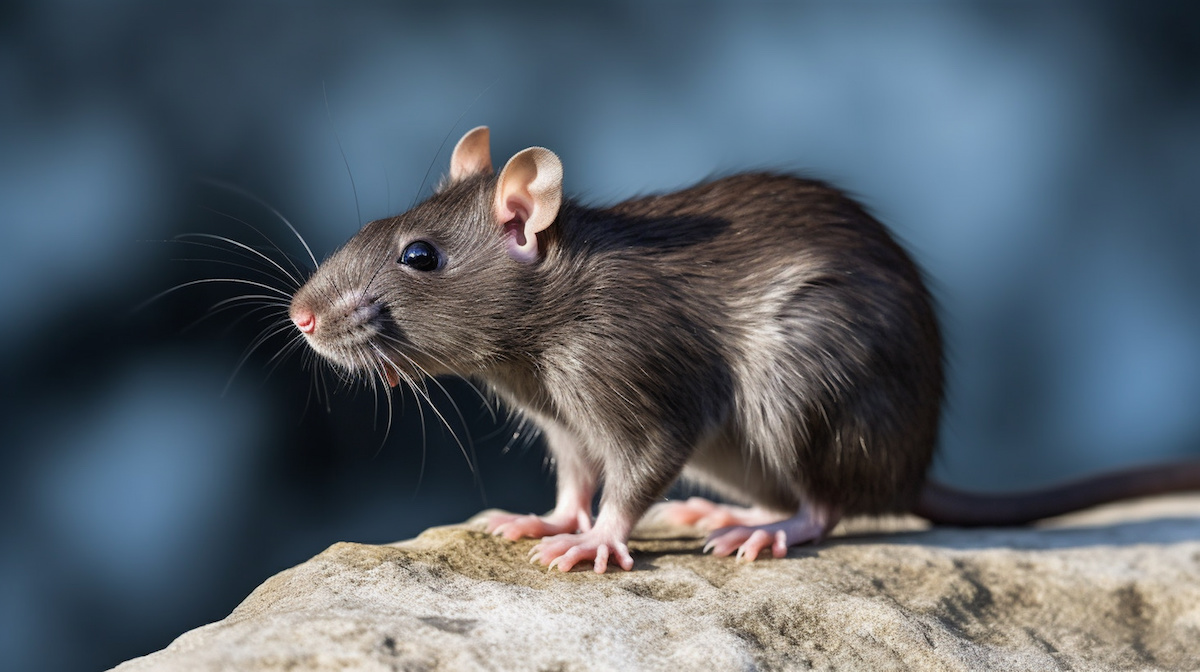
October is Fire Prevention Month. Have you ever considered how pests might impact your home’s fire safety? While most homeowners focus on structural damage or health risks, there’s another hidden danger that can arise from unchecked pest infestations—house fires. Pests like squirrels, raccoons, mice, and rats can pose a serious threat to fire safety. This is a time of year when you need to take pest prevention efforts seriously! By understanding the connection between pest prevention and reducing the risk of house fires.
While thinking about fire safety, let’s discuss how specific pests like squirrels, raccoons, and rodents contribute to this danger–all while providing practical tips for keeping your home safe.
How Squirrels Increase Fire Risk
Have you ever thought about what squirrels might be doing inside your walls or attic? Squirrels are notorious for chewing through almost anything–including electrical wiring.
This behavior is a natural instinct for squirrels who use their teeth to gnaw on hard objects to keep their teeth healthy and sharp. However, gnawing on electrical wiring can lead to dangerous fire hazards.
Squirrel activity in your home can:
- Expose live electrical wires, leading to short circuits or sparks.
- Create nests made of flammable materials like insulation and dried leaves, which can ignite if they come into contact with damaged wiring.
- Block vents or other escape routes, causing potential overheating of appliances or heating systems.
Consider using wire mesh to block off potential access areas, as this will discourage squirrels from entering and creating fire hazards.
Fire Safety and the Dangers of Raccoon Nesting
If you’ve ever heard strange noises in your attic, you might have masked bandit visitors known as raccoons raccoons. These animals are known for their cleverness and ability to enter homes through loose shingles or attic vents. Unfortunately, their presence is a potential fire hazard waiting to happen.
But how can a cute raccoon contribute to fire risks? When raccoons enter your home, they create nests using dry materials that are highly flammable. This becomes especially dangerous if they are near electrical wiring or heating systems.
Raccoon nesting can risk fire safety by:
- Obstrucingt ventilation systems, leading to overheating and potential fires.
- Bringing in highly flammable nesting materials that could easily ignite.
- Increasing the risk of electrical fires if they damage wiring while attempting to gain entry.
To prevent raccoons from posing a fire threat, a good place to start is sealing off your roof and attic. Trim tree branches that are close to your home, as raccoons often use these as a bridge to your roof. Installing raccoon-proof vent covers and securing garbage bins can also help deter them from approaching your house.
Mice and Rats: Small Pests, Big Fire Risks
Mice and rats have an impact on fire safety can be significant. Have you ever considered how these small creatures could cause a major problem? Like squirrels, mice and rats gnaw constantly. To make this habit worse, their favorite targets are often electrical wires.
In addition to chewing on wiring, these pests can also bring flammable materials into your home, such as shredded paper or fabric for nesting. When these materials are placed near electrical outlets, appliances, or heating units, the risk of a fire increases dramatically.
Mice and rats can contribute to house fires by:
- Chewing through insulation and wiring, exposing live electrical wires.
- Carrying flammable nesting materials that increase the risk of ignition.
- Accessing hidden areas in walls and attics, where fire hazards can go unnoticed.
The best way to reduce the risk of fire from mice and rats? Keep them out of your home in the first place. Seal all gaps and cracks in your walls, especially around areas where wiring or pipes enter the home. Regularly inspect your basement, crawl spaces, and attic for signs of rodent activity and set traps if necessary.

How Pest Prevention Protects Your Home from Potential Fire
Have you ever thought about the importance of regular inspections and maintenance to keep pests out? The truth is that pest prevention protects your home from structural damage and reduces the risk of fire.
These are the key ways pest prevention can improve fire safety in your home:
Effective pest prevention includes:
- Sealing potential entry points around your home, such as gaps in walls, vents, or chimneys.
- Installing mesh screens over vents and chimneys to prevent pests from entering.
- Keeping your yard free of debris and trimming trees to prevent pests from accessing your roof.
- Regular inspections to identify signs of pests before they become a major problem.
Schedule Your Pest Prevention Assessment for Fire Safety Month
Are you concerned about fire hazards coming from pest infestations? With World Class Wildlife Removal, you can rest easy knowing your home is in safe hands. Our team uses non-poisonous, organic, and eco-friendly methods to solve your wildlife issues—without harmful chemicals. We don’t just remove pests; we sanitize all affected areas and seal any entry points to prevent future infestations.
We’re fully licensed, insured, and bonded, offering solutions for all budgets. With three generations of expertise, our highly trained staff is always up-to-date with the latest technologies and techniques. We don’t just fix the problem—we make sure that it’s gone for good.
Take back control of your property and protect your home. Contact us today for a free consultation and let us help you reclaim your peace of mind.
